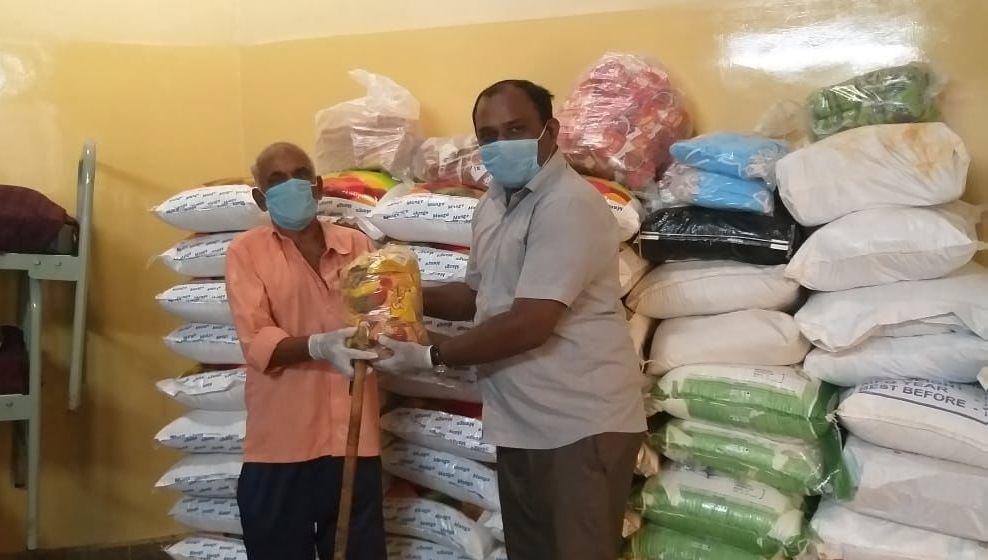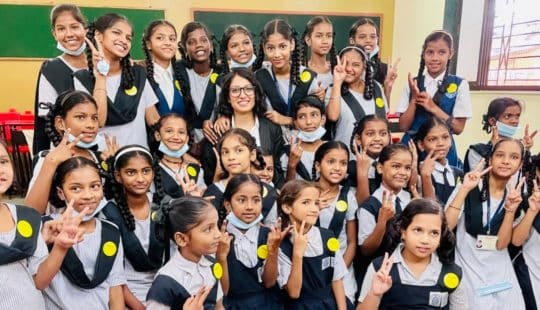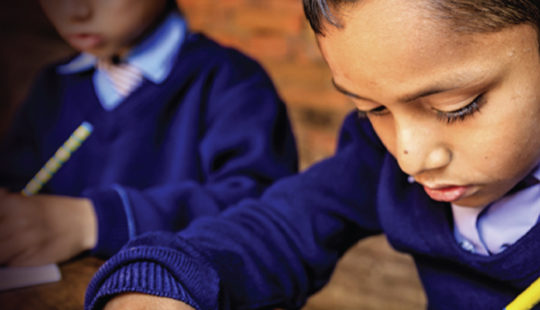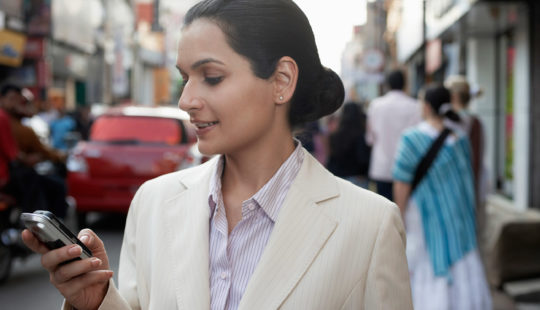When relief workers of HelpAge India reached a dingy house in a slum of Delhi, the lady of the house asked to speak in private.
She confided that she was HIV positive and that her stock of medicines is exhausted – she would get her medication from a nearby health centre, which she had no way of visiting once the lockdown started as a response to COVID 19. None of her family members or neighbours knew of her condition for the disease is a taboo. “We were shocked,” says Dr. Imtiaz Ahmed, the Mission Head of Age-Care at HelpAge India. “We thought that a pandemic would cause poverty and hunger at worst. But it was an eye-opener for us that there is deeper suffering running beneath the surface.”
While SAP strives to make the world a better place, we humbly acknowledge that none of it would be possible without the spirit and collaboration of our partners. In corporate social responsibility, HelpAge India is one such partner which has worked tirelessly alongside us to provide necessities and a better quality of life to the elderly and the destitute in India.
In partnership, we have reached 15 old-age homes housing a total of 975 families across Bengaluru, Delhi and Mumbai cities. By the end of May, we would have provided support to another 2500 families in these cities. We are also extending our support to 2100 more families in the states of Bihar, Chhattisgarh, Uttar Pradesh, Madhya Pradesh, and Jammu & Kashmir, where a lot of migrant workers are now reaching after the lockdown norms have been eased. We will continue our work through direct interventions over the next few months.
 Relief worker presents food to elderly man
Relief worker presents food to elderly man
In conversation with SAP, Imtiaz speaks about the blatant indignity that the elderly face in our societies while we respond to a pandemic.
Q. What impact is COVID 19 having on the elderly in India?
A: India has 120 million elderly people, and the number is growing. India is a young country now, and in the next 15-20 years, our youth will grow old and the number of elderly people will triple. COVID 19 has hit everyone, but the elderly population is the hardest hit across socio-economic spectra.
There are the poor and the destitute elderly, and there are the middle- and the upper-classes. Many of the poor in urban areas have been abandoned by their children who have returned home, some tried to go back but were stopped at the borders, and some families have stayed back. Their poverty has compounded their health issues.
At a deeper level, there are issues of “indignity”. In a family, when ration is drained and money is fast depleting, the bread-earner who now has no source of income, finds his aged parents to simply be more mouths to feed. In his eyes, they are not productive for they generate nothing.
For instance, we met a 70-year-old man who had come alone to our distribution truck to collect 10 KG of ration so that his family would consider him of some use. “I want them to see me as someone who has brought food to the table because they think I am a burden. This will help me get back my dignity,” he said.
Q. How effective is distribution of relief during a pandemic?
A: A lockdown meant that thousands of migrant workers and daily-wage earners lost their jobs overnight. They had only one option to fall back on – go back to their villages from where they came from. However, with shutdown of transportation and sealing of interstate borders, many walked hundreds of miles to reach home, in what is termed as the biggest mass migration since the country’s independence. Many were stopped at the border and, thus, compelled to come back to their homes in the slums.
With no money or food, it is now an everyday struggle for survival for them. In this, the elderly are the ones who are getting left behind and ignored. In their battle against the disease, the major handicap is poor nutrition that weakens the immunity system. Food and dry ration distributed is almost like a godsend for these people!
I foresee another couple of months during which relief work will be crucial. After that, more nuanced interventions such as educating people on preventive and hygienic approaches will prove vital. The whole way in which we function as a society will change, so relief work must also make way for a detailed public health approach.
Q. What has been HelpAge India’s partnership with SAP like, in terms of providing relief during COVID 19?
A: We have distributed more than 1 lakh cooked meals and almost 50,000 dry ration kits. We have also received about 50,000 calls via our helpline. SAP has been one of the first corporations to reach out to us during the pandemic. We realized that cooked food would not sustain people for more than one meal – so, we changed our model and started providing ration instead, that would last for a month or so. Our dry ration kit consists of wheat, rice, oil, spices and everything that a family needs to survive. Our initiative has been well received.
Q. Are these problems solely because of the pandemic, or are these exacerbated symptoms of the way our society functions?
A: A malaise that already existed has been brought to the surface – apathy and neglect towards the elderly persist and have increased over the last few decades since the joint family structure began to erode. At HelpAge, we found that family members have been the main abusers of aged people. This is both physical and mental abuse, tied to neglect.
Q. What do you see as a strategic, long-term measure to solve the problem of indignity for the aged? How can private corporations collaborate with non-profit organisations?
A: The future will be about how we prevent the spread corona virus instead of how we can treat the disease. Our focus should not just on be how corporations and non-profits can establish more health centres together, but how to strengthen the existing system. HelpAge runs around 160 mobile medical units around the country, which provide primary healthcare in remote locations.
We could use SAP’s technology to design and promote a preventive programme by disseminating IEC materials. Educational approaches can be used to create a mind shift both in terms of hygiene practices as well as our attitude towards the elderly. This has the potential to redefine the bottom of the iceberg.



